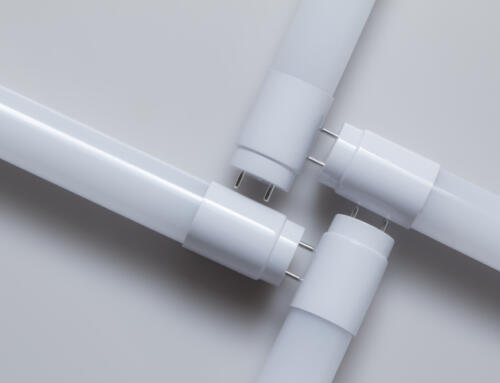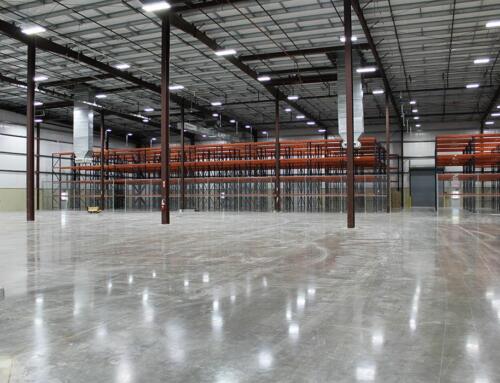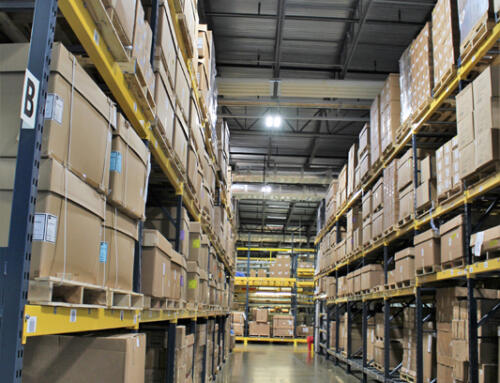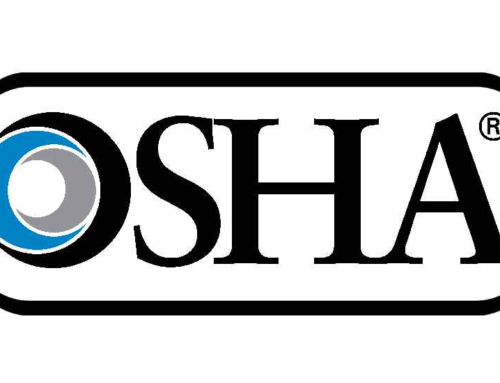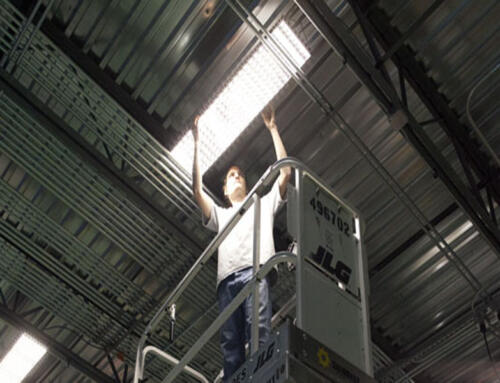LED Light Bulbs Vs Incandescent Light Bulbs
The Basics of LED Light Bulbs
Light-emitting diodes (LEDs) convert electricity into light. LED light bulbs can be found in many electronic devices and have been used since the early 1960s. Originally, they were used to emit low-intensity infrared lights. The earliest visible-light LEDs were used as indicator lamps for electronic devices.
Over the years, LED technology has evolved and found many applications among electronics and environmental task lighting. The varied uses for LED light bulbs have also pushed technological advances in communications technology as well.
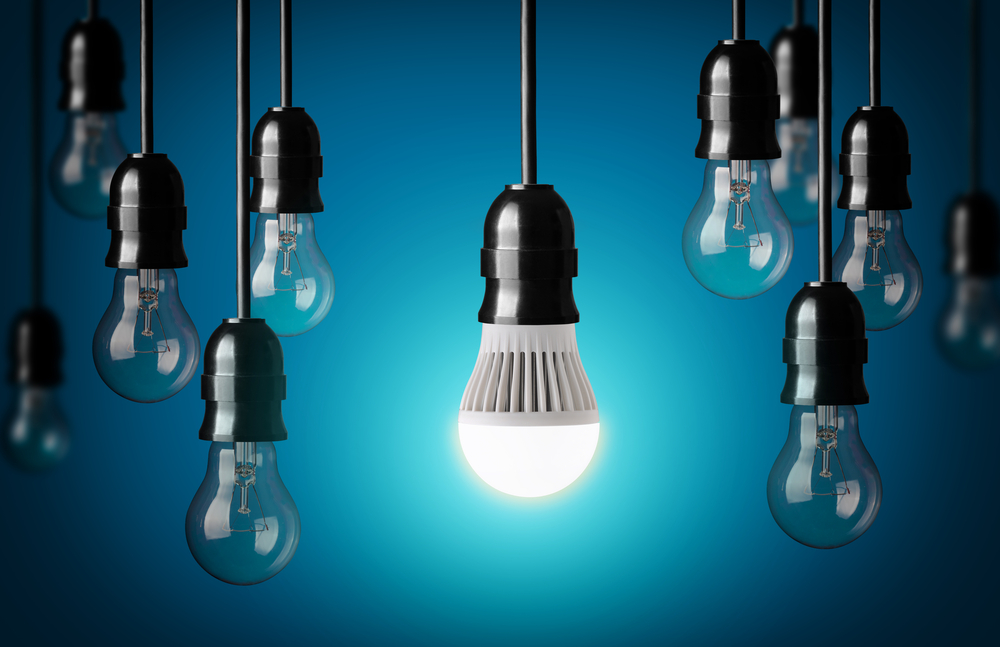
Incandescent Light Vs LED
We are all familiar with the incandescent light bulb. An incandescent light bulb works by heating a wire filament to a high enough temperature that causes it to glow. This lighting process can be considered an opposite reaction to the process that creates light an LEDs. Incandescent lights generate heat which produces their light. LEDs use a “cold process” to produce light by powering semiconductors. Electricity stimulates the movement of electrons creating photons. Photons are the light particles that are visible to humans.
LED Light Bulbs Are More Energy Efficient
LEDs are more energy efficient than incandescent lights. Filament based lighting consumes more energy than the light they produce. In physics, energy is transferred by either heat or work (producing light in this case). Incandescent light bulbs waste energy in 2 steps of the lighting process. Firstly, in heating the filament, and secondly, in the heat given off once the bulb is lit.
LEDs do not use filaments and only give off small amounts of heat. This contributes to LEDs being more efficient in energy consumption and light output than traditional light bulbs. An incandescent light bulb uses about five times as much power to produce the same amount of light as an LED bulb. At low power levels, LEDs can be even more energy efficient than a comparable incandescent light bulb.
LEDs Last Longer And Are More Durable Than Incandescent Lighting
Typical incandescent lamps can last about 1,000 hours. Conversely, LED lamps can operate continuously under normal conditions for 100,000 hours or more. LEDs can also withstand harsh environments. They can function at temperatures as low as -40 F and as high as 180 F. LEDs also lack the required “warm-up” time that some incandescent light fixtures require.
Indoor and Outdoor Applications
At LED Lighting of Houston, we offer high-quality, American engineered commercial LED lighting. We have fixtures that can fit any indoor or outdoor project; retrofits and new constructions. Our teams create a custom analysis to ensure the right product and light configuration for your project. Click the button below to get a quote for your next job.
